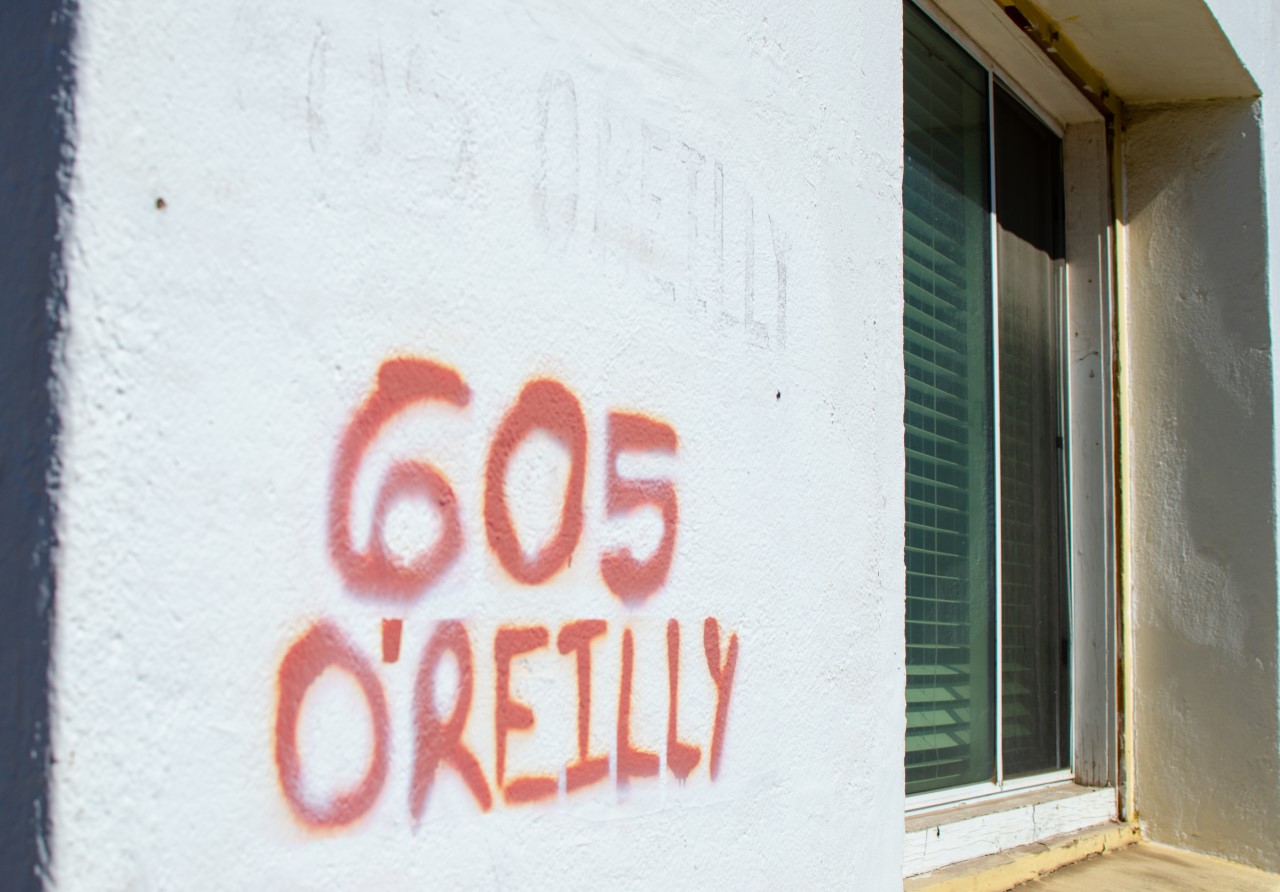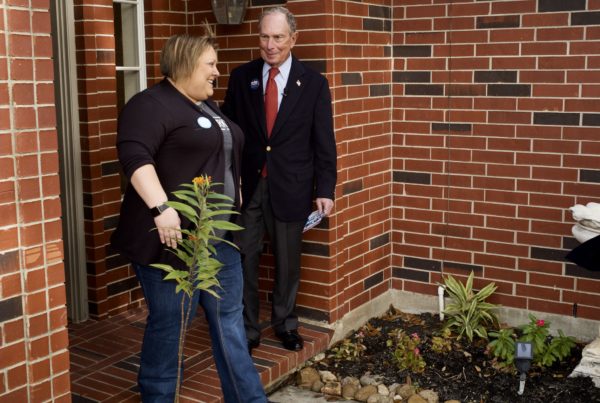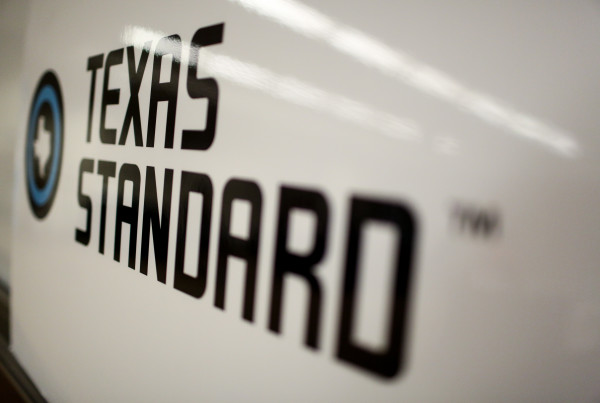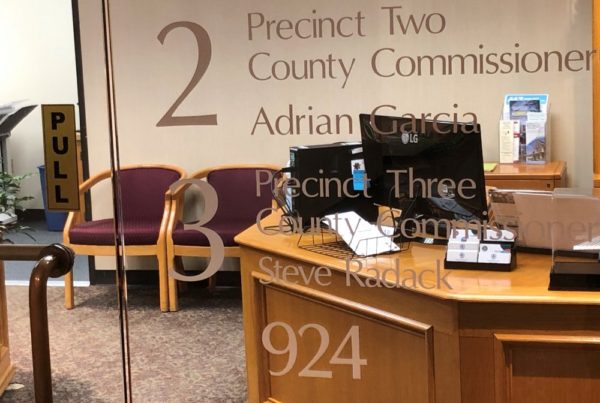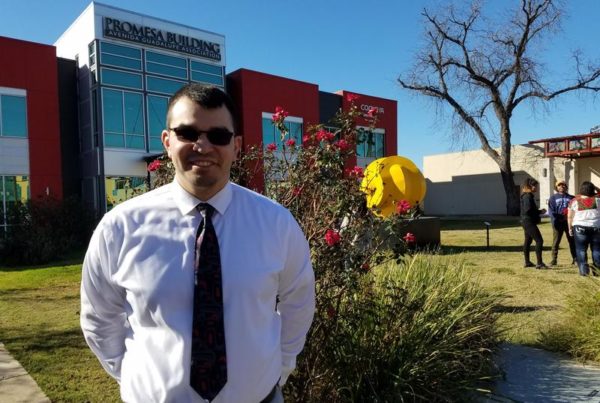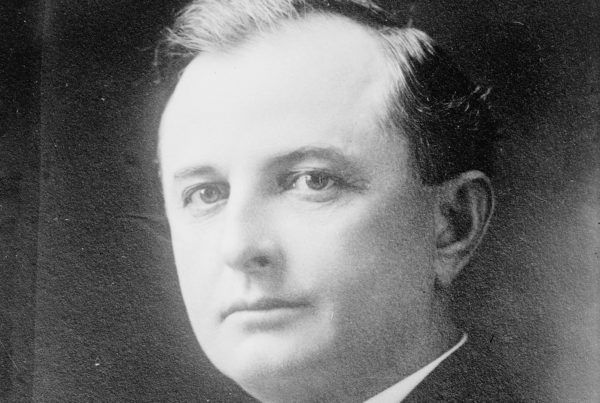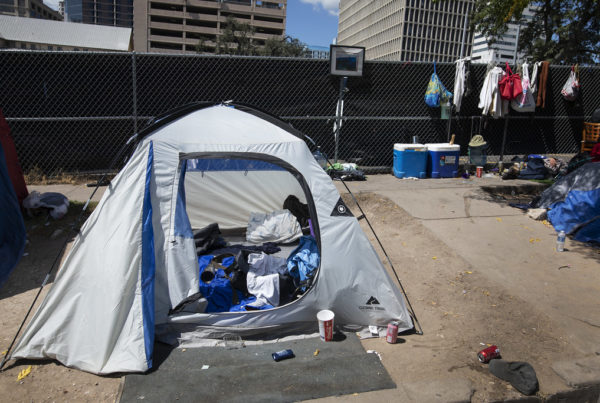From Marfa Public Radio:
If you find yourself in need of a trip to the emergency room in the West Texas border town of Presidio, the odds may be stacked against you.
Low on resources and manpower, the local emergency medical services crew—responsible for roughly 1,500 square miles of the county—can operate only one of their two ambulances at a time. From city limits, it’s a 90-mile drive to the closest U.S. hospital. A trip from one of the outlying communities, like Candelaria or Ruidosa, can run you close to three hours —barring interference from loose cattle, or a rain-flooded creek running into the road.
But there’s another, less obvious hurdle that can delay first responders in getting to you in this remote part of the state: finding your front door.
Eavesdropping on a police scanner in rural West Texas is typically a quieter experience than in a city like Abilene or Midland. Over the span of two days, you may hear only a single call out for emergency medical response.
But when the call does come in, the stakes can be unusually high. Isidro Pando, an Advanced EMT with Presidio Emergency Services, says spending more time in the back of the ambulance with a patient means he has to be ready to make challenging decisions about treatment, and managing medications and side effects.
When Pando’s out on a call, scenarios like this one start running through his mind.
“If they’re in cardiac arrest, you’ve got limited time to get there and start CPR. If you don’t, they run their risk of brain damage. And if you do bring them back, there’s there’s a chance that they’re gonna have some type of disability for the rest of their lives or they’re going to be on life support,” he explains.
But as Pando is on his way to the patient, his head spinning with potential outcomes, he’s often navigating another, more immediate problem.
Trying to find them.
“It’s frustrating and it’s embarrassing when you go to the wrong address, and you realize that you’re on the wrong side of town,” Pando says. “You’ve got to hurry up and make it to the other side of town. It’s just, it’s a nightmare.”
Presidio EMS staff and local police say it happens regularly. Dispatch relays an address, they rush to the scene and find they’re in the wrong place. It’s not just a problem out on ranches or in the more remote communities nearby. Often, it’s right there in city limits.
Pando says in some situations, the extra time spent finding someone may mean the difference between life and death. He remembers one particular cardiac arrest patient with a tricky address.
“They wouldn’t answer the phone,” he says. “And what should have taken us three minutes took us about 15 minutes to get there. By then, it was too late.”
Pando grew up in Presidio. He’s been an EMT for almost a decade, and he’s frustrated that he hasn’t seen the issue improve.So what exactly makes it so difficult for first responders to find people in Presidio? Turns out, this happens all over the country. Several years ago, the federal government ordered cell phone carriers to improve location technology for the benefit of people who call 911. But problems persist in rural America. A 2017 study found ambulance wait times in rural areas are almost double the national average.


